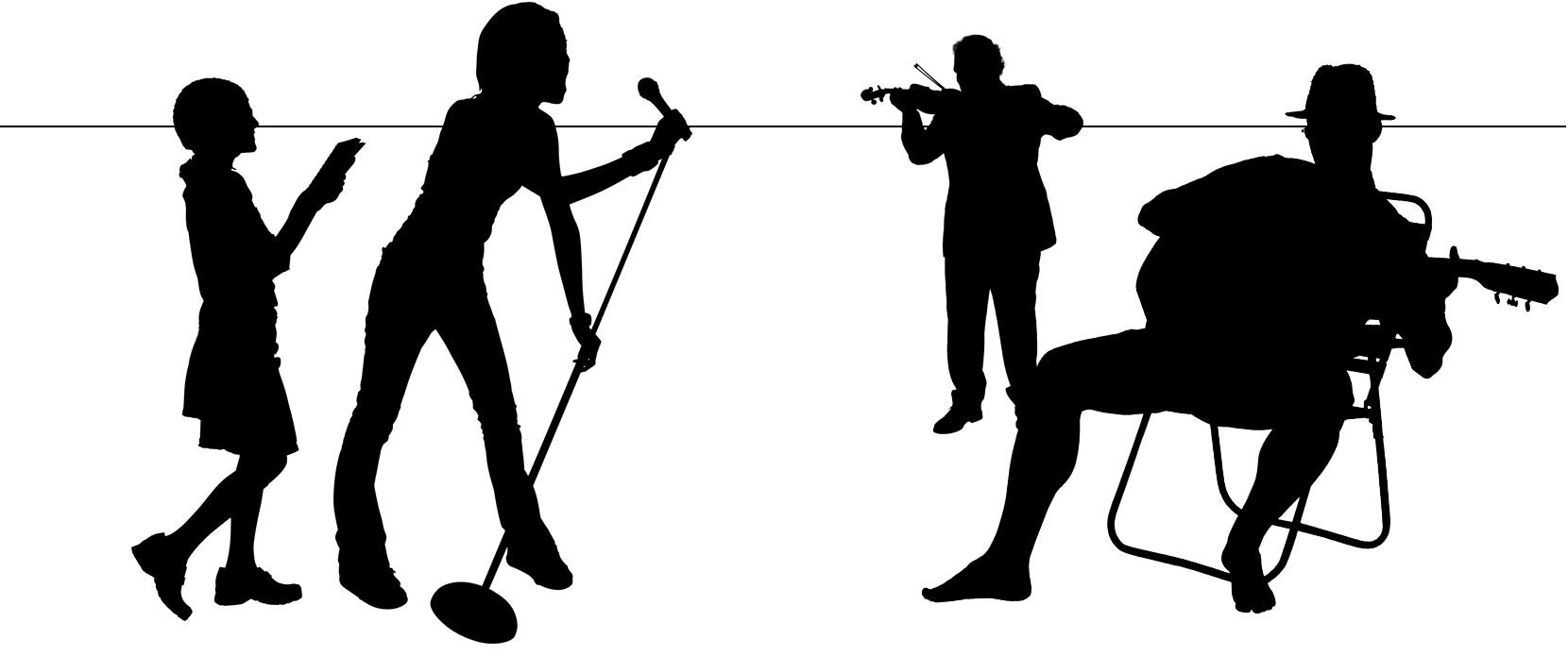ONE OF THE FUNDAMENTAL MISTAKES many people make when creating a scene is incorrectly placing people at a variety of sizes. Sure, people further away appear smaller, but how do you make them all seem to be in the same scene? This is the sort of situation you frequently see:

It’s a clumsy arrangement, and all the people look misaligned. Some are shorter than others, but what we’re not getting is a true sense of them being further away. Why isn’t the perspective working? The answer lies in this golden rule:
Your eyeline is always on the horizon.
It doesn’t matter if you’re at the top of a mountain, or standing in your garden, or lying on the beach: look straight ahead, and you’ll always be looking directly at the horizon. It’s a surprising rule, so try it for yourself and you’ll see that it’s true.
To apply the rule, all you have to do when you compose images of people is to put all their eyelines on the horizon. It’s the position of their feet that determines how far away they are.

The rule can, of course, be broken for special effect. If you want to suggest the point of view of a child, or if you’re placing the viewer on a level with someone sitting down, then you can move the horizon down to that level, with the eyeline of people who are standing up appearing above it.

In this situation, people who are standing up but further in the distance should appear shorter than those in the foreground, with their eyelines correspondingly lower.
